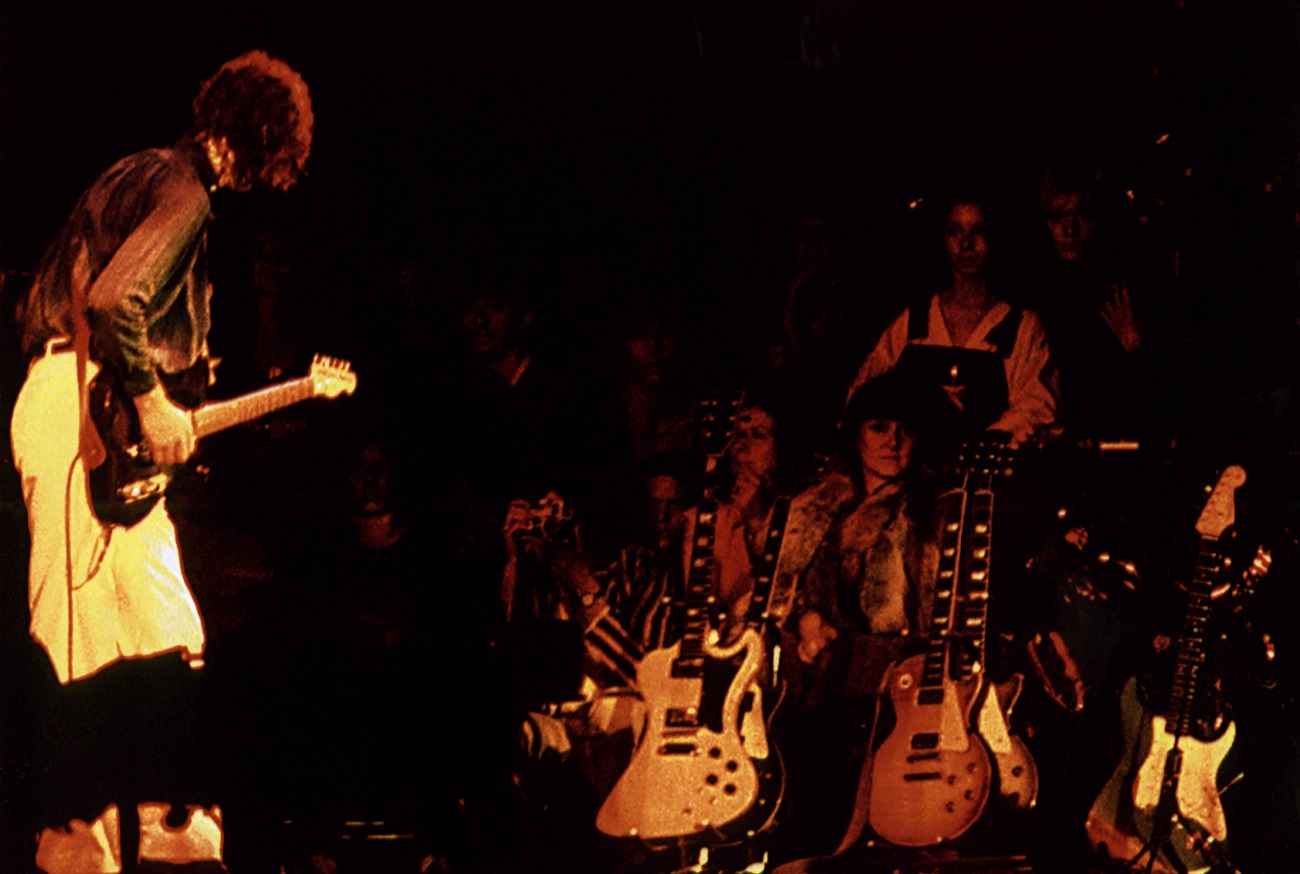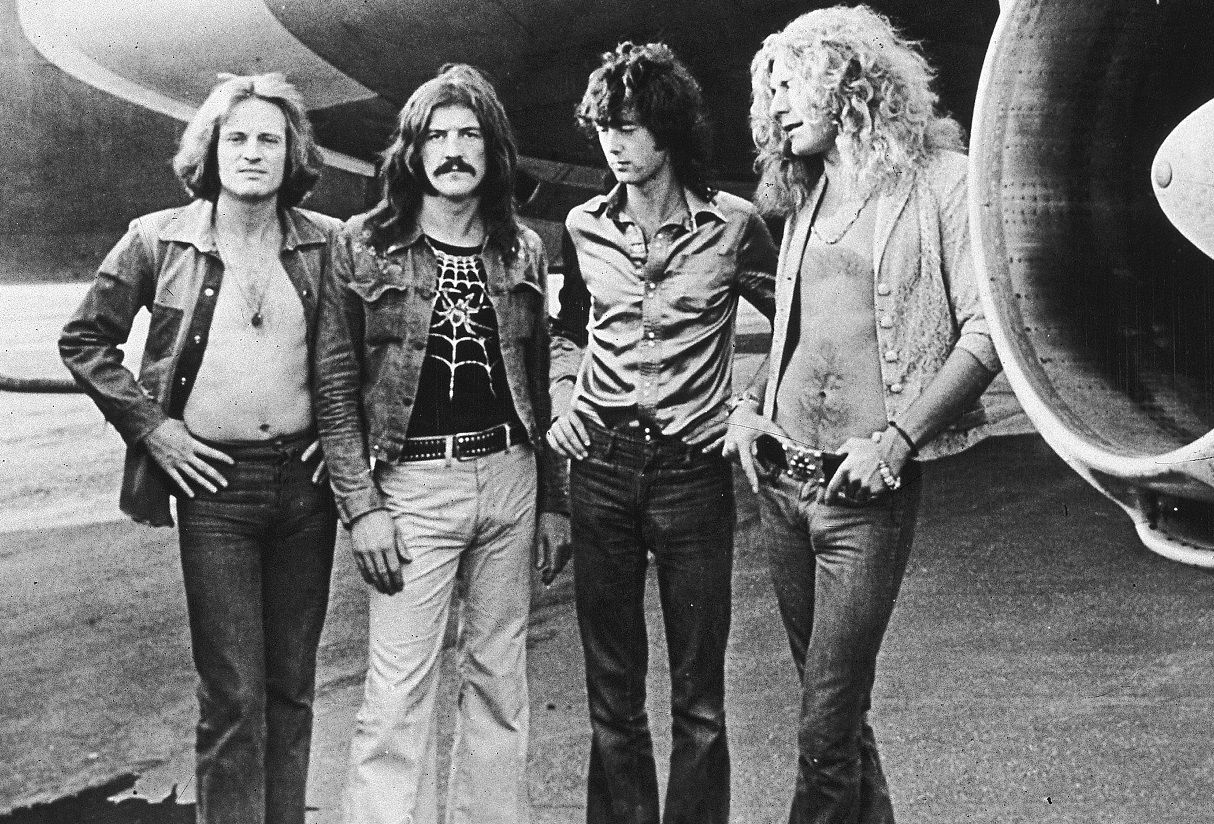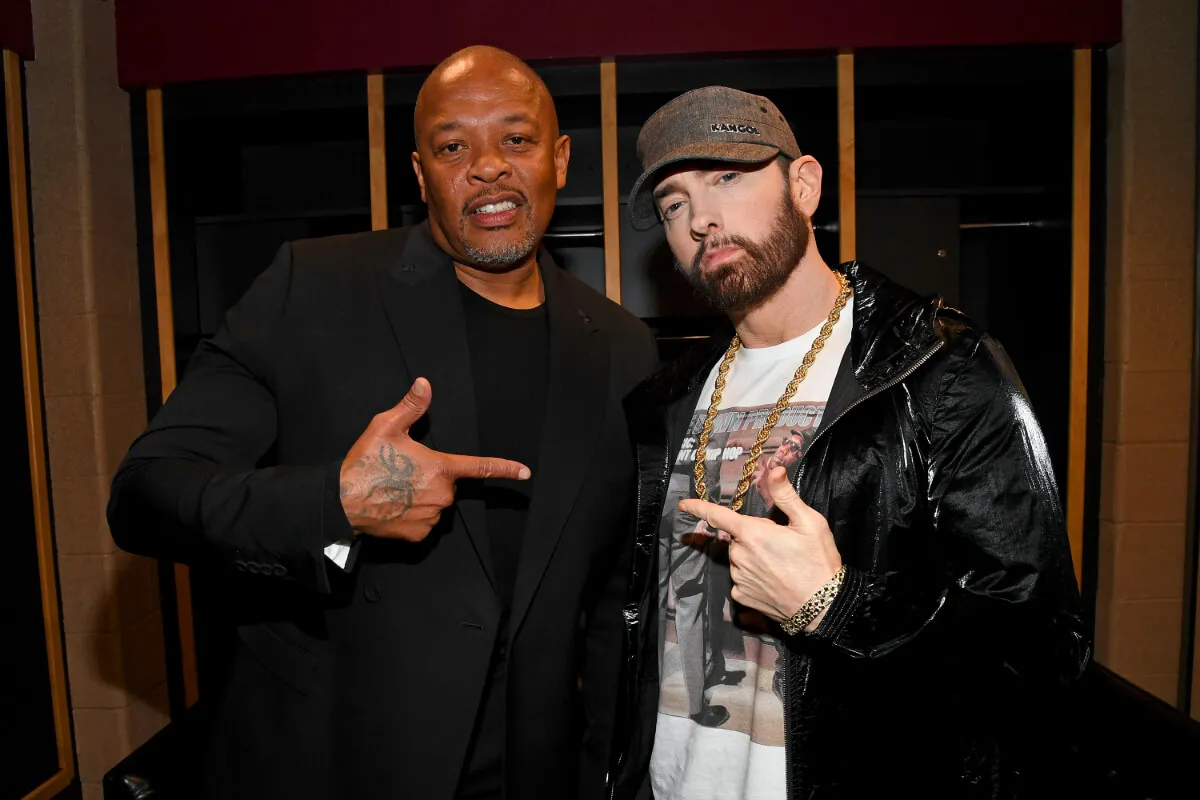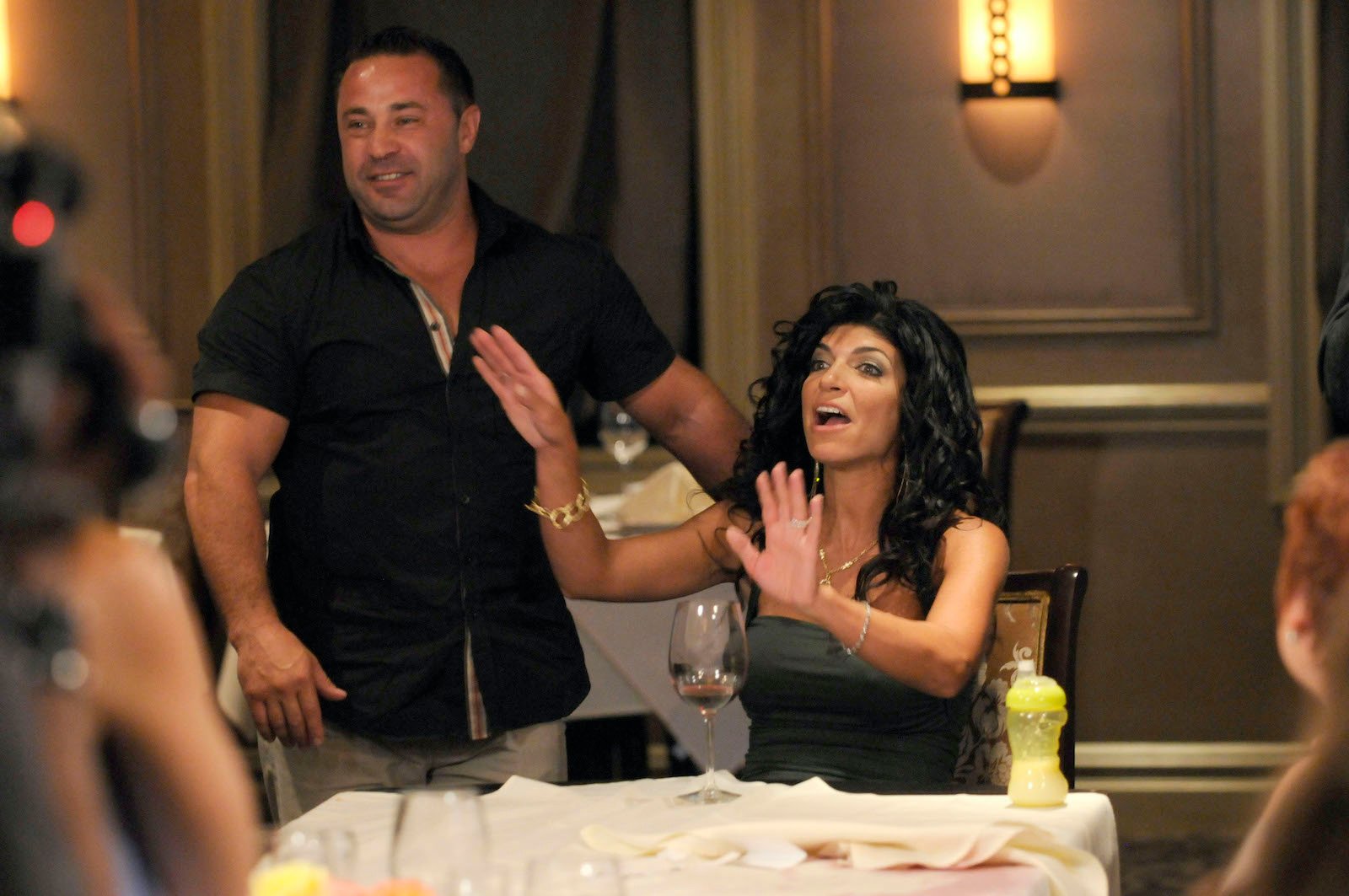The ‘Physical Graffiti’ Track That Showcased Led Zeppelin at Its Most Ambitious
If you only had one record to communicate to someone the greatness of Led Zeppelin, you’d take them straight to Physical Graffiti (1975). On that double album, the Zep pulled out just about everything from its near-bottomless bag of tricks.
The list of 15 tracks included the pulverizing blues of “In My Time of Dying“; the stirring song of lost love that is “Ten Years Gone”; the goofy romp that is “Boogie With Stu”; and the signature Zeppelin epic “Kashmir.” But the four sides contained much more in the way of classic Zep material.
Though some Zep fans might favor the pure adrenaline rush of “Custard Pie” or the stomping “Trampled Under Foot,” the band kicked off side 3 of Physical Graffiti with “In the Light,” one of its most ambitious songs. Forty-five years later, the epic track can still get lost in the album’s depths.
Led Zeppelin summoned all its powers for ‘In the Light’ on side 3 of ‘Physical Graffiti’

After Led Zeppelin hit a peak with its fourth album, the band continued searching. Houses of the Holy (1973), which followed two years later, brought in more elements of progressive rock, with several tracks featuring the electric piano and Mellotron work of John Paul Jones.
That thread in Zeppelin’s work continued in the ’74 sessions for Physical Graffiti. Right from “Custard Pie,” you hear Jones going hard on his Clavinet. And Jones goes at it again on “Trampled Under Foot.” For “Kashmir,” Jones showcased the full arsenal of his arranging and performing skills. And he worked the same sort of magic at the beginning of “In the Light.”
With a Jimmy Page guitar drone behind him, Jones takes listeners on a mini-odyssey on his synthesizer. It sounds by turns Western classical and Eastern, depending on how his phrasing blends with the drone. All in all, it’s a remarkable opening to the third album side, and the intro lasts about 90 seconds.
Then it’s time to hear from Robert Plant, who seems perfectly at home here as he is in the darkest of Zeppelin blues. With Plant backing himself on harmony vocals, he guides listeners to “In the light, you will find the road.” That opens the door to the full Zep attack.
Zeppelin mixed exotic elements with heavy and soft rock for the nearly 9 minutes of ‘In the Light’

While the live track of “In My Time of Dying” relied on the passion and virtuosity (not to mention the interplay) of Zeppelin’s four performers, a track like “In the Light” gave the band a chance to showcase its artistry in the sound and compositional structure of the track (credited to Jones, Page, and Plant).
The haunting introduction and opening verse sung by Plant certainly get things started. But the explosion of the power trio (at 2:45) gives listeners a bit of the band in its pure, heavy-riffing form. Page didn’t skimp on the metal “In the Light” riff, and John Bonham is his usual extraordinary self in this passage.
But Zeppelin is far from finished. After the 4:10 mark, Jones introduces a brighter theme on the keyboard, and Page blasts out a dramatic line on guitar. Suddenly, “In the Light” feels like a song of hope, before Jones reprises his opening and Page follows with the dark riff.
Close to the 7:00 mark, the band returns with the light after so much shade. In this final section, Page answers his sublime guitar lines with more guitars while Plant takes the track on home. There’s so much to love on Physical Graffiti; next time you put it on, save some for “In the Light.”


